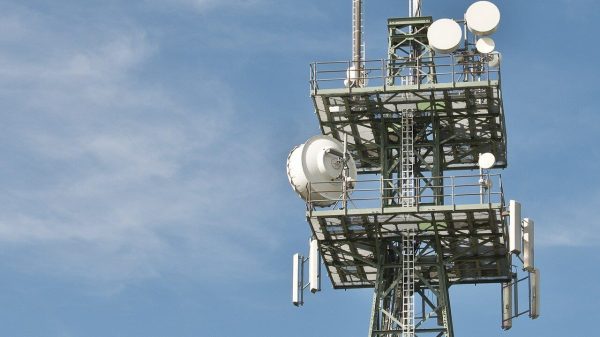The simplified guidelines for OSPs remove several restrictions pertaining to call centres, permit remote interconnection to the OSP centre, and allow the usage of VPNs.
The Department of Telecommunications on June 23 further simplified its November 2020 liberalisation of norms surrounding Other Service Providers like call centres. The rules now do away with a distinction between international OSPs and Indian OSPs, something that will reduce the regulatory burden on OSP entities that are here and are a part of multinationals. The other key difference is that the DoT has made it easier for OSPs to manage incoming and outgoing calls by internally using private networks or the internet to forward calls between different facilities, according to an analysis by Khaitan & Co’s Harsh Walia and Shobhit Chandra.
What the rules say now
The deregulation last November was in itself very transformative as the preceding rules had strict prohibitions on issues like using VPNs and tight norms for a company’s internal networks. While the principal aim of the OSP rules beforehand was to prevent what’s known as “toll bypass,” where an OSP routes calls through the internet or private networks to avoid paying call tariffs, the pre-existing regime drew complaints from the industry for being too burdensome. In the previous regime, even businesses that were doing outsourcing work and didn’t rely on a call centre model were heavily regulated. That is no longer the case.
The November regulation as well as the current one do away with these restrictions, making life easier for call centres. A summary of the provisions (from our coverage last November) is below, and has been edited to reflect changes from the June 23 version:
- Registration of OSPs with the DoT is no longer required. TRAI had recommended that the DoT only needed “intimation”, but even this will not be required now. As recently as September 2020, the DoT had reiterated that it wanted registration requirements to stay, but no longer.
- Call traffic over VPN is now allowed: Using Virtual Private Networks, which let users route web traffic from a different location or connect to a remote network, is now permissible for OSPs to integrate international call networks. This lets OSPs integrate their international locations better with India, and potentially save costs on call tariffs. However, bypassing International Long Distance call providers will not be allowed.
- “Interconnection of Remote Agent to the OSP centre/resources is permitted”: This rule essentially removes the potential penalty associated with working from home. The initial version of the rule was likely impractical to enforce due to the sheer extent of how many people were, and will probably continue to, work remotely in 2020 and beyond. However, “all logs of the activities carried out by the Extended Agent shall be maintained for one year,” the guidelines say.
- VPN use allowed for internet: Using VPNs that are not provisioned by telcos is now allowed. Previously, only Provider-provisioned VPNs were allowed, which might be inconvenient for an OSP that wants to use a more reliable private circuit.
- EPABX abroad allowed: An Electronic Private Automatic Branch Exchange (EPABX) is now allowed to be hosted abroad, as long as the OSP in question is international. However, they will still be required to maintain call logs for their Indian points of presence.
- Infrastructure sharing is allowed: Infrastructure sharing between different OSPs as well as OSPs’ own points of presence in India and abroad is now allowed. Closed User Groups (an enterprise service by telcos that allows for telecom connections to be provided in bulk to a company’s employees) will also be allowed for internal communications.
- No more bank guarantee: A bank guarantee to start an OSP, which the industry had said was prohibitive and unnecessary, will no longer be required.
Security conditions
In addition to maintaining call logs (CDR), the following conditions are in place for OSPs:
- For domestic OSPs, “access log, configurations of EPABX and routing tables” should be made available “on-demand” from law enforcement agencies.
- EPABX for OSPs can be located anywhere but access has to be provided to the government on demand with a point of access to the EPABX in India.
- The carriage of “objectionable, obscene, unauthorised messages or communications infringing copyright, intellectual property” must be “prevented” immediately, the guidelines say.
- OSPs should assist law enforcement in “tracing any nuisance, obnoxious or malicious calls, messages or communications transported through its equipment and network”.
Also read














